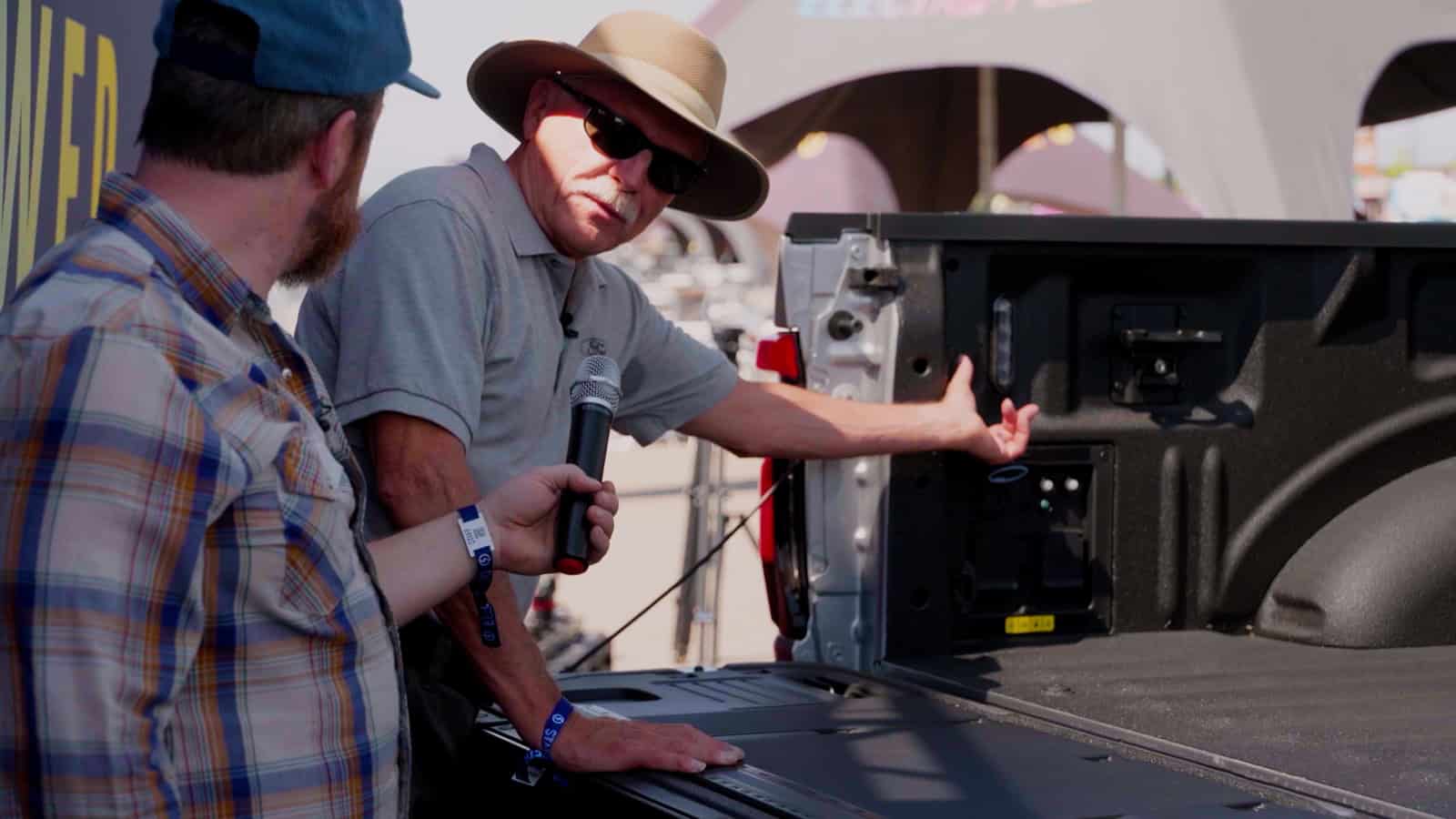- Community solar lets renters and homeowners save on electricity bills without needing rooftop panels, with potential savings of $0.02 per kWh.
- SolarBank’s 3.1 MW solar project in Nova Scotia supports the region’s 80% renewable energy target by 2030, alongside an additional 31 MW planned.
- Community solar cuts fossil fuel use, feeding clean energy into the grid and boosting local economic growth, aiming for net-zero emissions by 2035.
ADVERTISEMENT
When you think of solar energy, you probably picture panels on rooftops or fields. But what if you could benefit from solar power without installing a single panel on your property? That’s exactly what community solar offers, and it’s quickly expanding across North America.
Take the upcoming 3.1 MW DC West Petpeswick project in Nova Scotia, for example. SolarBank Corporation, a leader in renewable energy, is driving this initiative through Nova Scotia’s Community Solar Program.
The goal? To make solar energy accessible to everyone, homeowners, renters, and businesses alike. By subscribing to a local solar project, you can earn credits on your energy bill without installing panels yourself. Let’s look at why community solar is so appealing and how it works in simple terms.
ADVERTISEMENT
What’s Community Solar and Why Does It Matter?
Community solar projects are designed to allow multiple households, businesses, or organizations to share the benefits of a single solar array. Here’s how it works:
- Energy Credits: When you subscribe to a community solar project, you earn credits on your electricity bill based on the amount of solar energy generated. This can translate to about a $0.02/kWh savings, all without needing to install panels on your property.
- Flexibility: Since you don’t need to own land or a rooftop, community solar is a flexible option. It’s ideal for renters, people with shaded roofs, or those who just aren’t ready to install solar panels themselves.
- Environmental Impact: Community solar projects directly feed clean energy into the local grid, helping reduce reliance on fossil fuels. This makes community solar a practical and impactful way to support renewable energy without big upfront costs.
SolarBank’s Vision for Community Solar in Nova Scotia
SolarBank isn’t new to this game. They’ve built a reputation in Canada and the USA for developing clean energy projects that range from solar power to Battery Energy Storage Systems (BESS) and EV charging solutions. So, what makes their West Petpeswick project different?
- Strategic Growth: SolarBank’s new 3.1 MW project in Nova Scotia is just one piece of a broader plan to add 31 MW of solar power in the region. This project aligns with Nova Scotia’s ambitious goal of achieving 80% renewable energy by 2030.
- Economic and Environmental Goals: The project will support local economic growth by feeding renewable energy into the grid, a necessary step toward Nova Scotia’s target of net-zero emissions by 2035.
The clean energy generated by community solar projects like this one is crucial, especially as we face increasing threats from natural disasters, including floods and wildfires, which put immense strain on our power grid. Transitioning to renewable sources can help build a more resilient energy infrastructure.
ADVERTISEMENT
Practical Considerations: What You Should Know
Getting a community solar project up and running isn’t without its challenges. There’s a lot that goes on behind the scenes:
- Permitting & Contracts: SolarBank has secured a lease for the West Petpeswick site and is moving through the permitting process. But to officially kick off, the project will need a community solar contract, interconnection approval, and necessary permits.
- Funding & Policy Risks: Financing is another piece of the puzzle. Solar projects depend on third-party financing and government incentives, which means any cuts to solar policy support could affect future projects. If you’re considering a community solar subscription, it’s always wise to stay informed about policy changes in your area.
How SolarBank Corporation Stands Out
SolarBank isn’t just another name in renewable energy. They’ve proven themselves through a diverse portfolio. Their projects span multiple North American markets, including utility partnerships, community solar initiatives, and even virtual net metering. Here’s why that matters:
- Broad Reach: With over 100 MW of renewable energy capacity built and a development pipeline exceeding one gigawatt, SolarBank is positioned as a leader in clean energy innovation.
- Tailored Solutions: SolarBank also partners with commercial and municipal clients, adapting to different energy needs and market demands.
This kind of flexibility allows SolarBank to maximize returns while meeting various off-taker needs. They are creating a sustainable and profitable model for clean energy across industries.
ADVERTISEMENT
Why Community Solar Should Be on Your Radar
So, why should you care about community solar? It’s simple: community solar makes clean energy accessible to everyone, regardless of whether you own a home, rent, or don’t have the right setup for rooftop panels.
By joining a community solar program, you’re directly supporting a cleaner, stronger power grid that’s less reliant on fossil fuels. Plus, as solar technology keeps advancing, more people will start seeing real savings on their energy bills, without the hassle or cost of installing panels themselves.
Want to make a difference for both your community and your energy bill? Consider subscribing to a community solar project.
ADVERTISEMENT

SOURCE | IMAGES: SOLARBANK | KINDEL MEDIA
FTC: We use income-earning auto affiliate links. Learn more.











